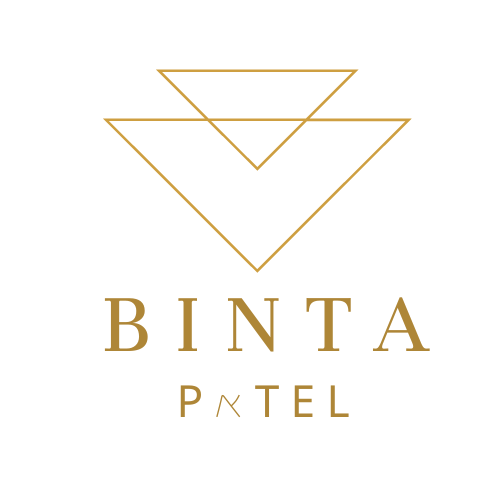The Two Essential Components of Self-Development
Self-development stands on two essential pillars: Process Work and Building an Inner Container. Understanding and integrating these components can lead to long-lasting change and personal growth.
Process Work
Process Work involves delving into trauma, repetitive patterns and subconscious behaviours that often feel like an intrinsic part of our identity. These patterns can be difficult to manage as they frequently operate beyond our conscious control. Simply gaining insights into these patterns is not enough to resolve or heal them, this is where the second component, Building an Inner Container, becomes vital.
Building an Inner Container
The second leg focuses on developing awareness and presence. This involves cultivating qualities such as compassion, patience, stillness, inner silence and the ability to refrain from immediately reacting to initial emotions or impulses. Instead, it provides space for things to come in, land and be processed before taking action. This approach helps in managing the "amygdala hijack," where the brain's emotional response overrides rational thinking.
The amygdala, a part of the brain associated with survival, often triggers immediate reactions to perceived threats. The thalamus sends information to the amygdala faster than to the neocortex, the thinking part of the brain. When the amygdala receives information with a strong emotional charge, it can shut down rational thought and go into defence mode, reacting based on past experiences.
The Role of the Awakened Observer
To prevent such hijacks, it is crucial to maintain "an awakened observer" within us at all times. This observer allows us to notice and assess situations without jumping to conclusions or triggering automatic reactions. Unlike the inner controller, which operates on likes, dislikes, and dualistic thinking, the awakened observer remains in a peaceful place within us, observing without emotional attachment or judgment.
Training this observer through practices like meditation and boundary setting is essential. A nervous system that doesn't feel safe is constantly alert, making it more prone to overreactions. Understanding what disrupts your boundaries and recognising these signs is critical for maintaining balance. Building a strong inner container helps in catching these disruptions early and responding thoughtfully rather than reacting impulsively.
In essence, self-development through Process Work and Building an Inner Container allows us to break free from old patterns and respond to life’s challenges with greater resilience.
